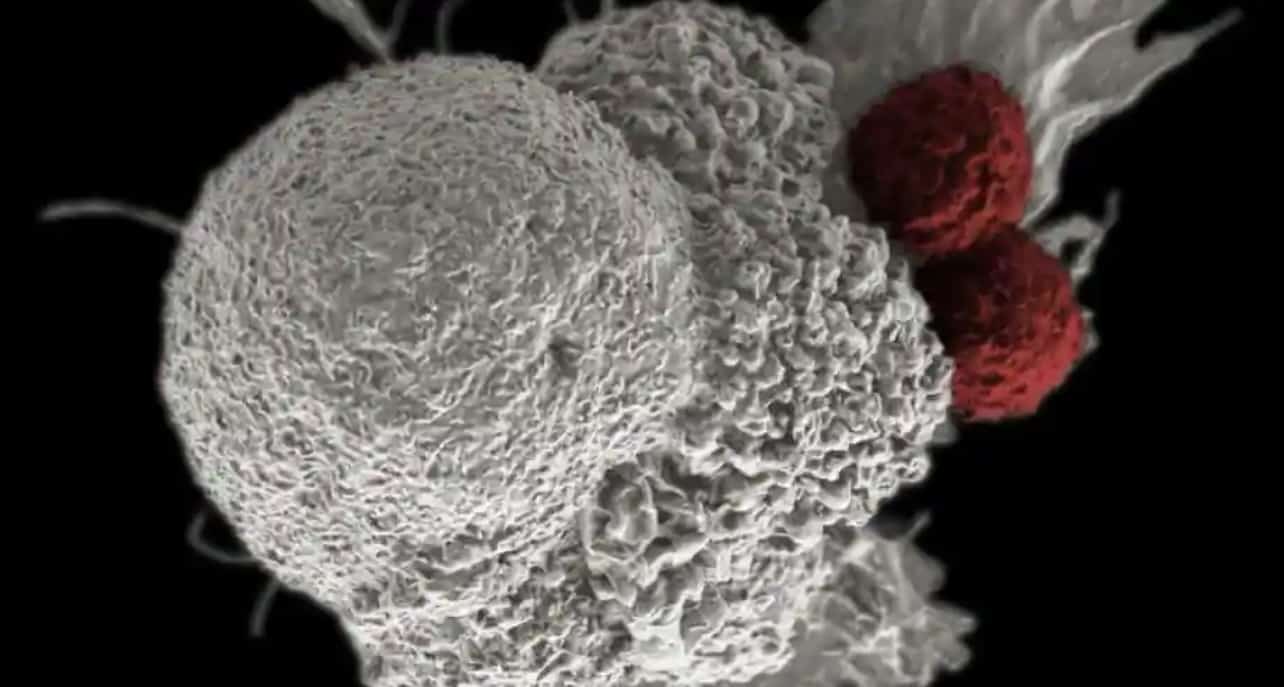علاج السرطان بالضوء ..نتائج خيالية و أمل واعد

نجح العلماء في تطوير علاج ثوري للسرطان يضيء ويقضي على الخلايا السرطانية، في اختراق قد يمكن الجراحين من استهداف المرض بشكل أكثر فاعلية والقضاء عليه، وفقاً لصحيفة “الغارديان”.
انضم فريق أوروبي من المهندسين والفيزيائيين وجراحي الأعصاب وعلماء الأحياء والمناعة من المملكة المتحدة وبولندا والسويد لتصميم الشكل الجديد من العلاج المناعي الضوئي.
ويعتقد الخبراء أنه من المقرر أن يصبح خامس علاج رئيسي للسرطان في العالم بعد الجراحة والعلاج الكيميائي والعلاج الإشعاعي والعلاج المناعي.
يجبر العلاج المفعل بالضوء الخلايا السرطانية على التوهج في الظلام، مما يساعد الجراحين على إزالة المزيد من الأورام مقارنة بالتقنيات الحالية، ثم يقتل الخلايا المتبقية في غضون دقائق بمجرد اكتمال الجراحة.
في أول تجربة في العالم على الفئران المصابة بالورم الأرومي الدبقي، أحد أكثر أنواع سرطان الدماغ شيوعاً وخطورة، كشفت عمليات المسح أن العلاج الجديد أضاء حتى أصغر الخلايا السرطانية لمساعدة الجراحين على إزالتها – ثم قضى على تلك المتبقية.
وأظهرت تجارب الشكل الجديد من العلاج المناعي الضوئي، بقيادة معهد أبحاث السرطان في لندن، أن العلاج أثار استجابة مناعية يمكن أن تحفز جهاز المناعة لاستهداف الخلايا السرطانية في المستقبل، مما يشير إلى أنه قد يمنع عودة الورم الأرومي الدبقي بعد الجراحة.
يدرس الباحثون الآن العلاج الجديد للورم الأرومي العصبي السرطاني في مرحلة الطفولة.
وقالت رئيسة الدراسة، الدكتورة غابرييلا كرامر ماريك، لصحيفة “الغارديان”: قد يصعب علاج سرطانات الدماغ مثل الورم الأرومي الدبقي، وللأسف هناك خيارات قليلة جداً للمرضى. وأضافت: “الجراحة صعبة بسبب موقع الأورام، لذا فإن الطرق الجديدة لرؤية الخلايا السرطانية المراد إزالتها أثناء الجراحة، ومعالجة الخلايا المتبقية بعد ذلك، يمكن أن تكون ذات فائدة كبيرة”.
وأوضحت: “تُظهر دراستنا أن العلاج المناعي الضوئي الجديد باستخدام مجموعة من الواسمات الفلورية والبروتين والضوء القريب من الأشعة تحت الحمراء يمكن أن يحدد ويعالج بقايا خلايا الورم الأرومي الدبقي في الفئران. في المستقبل، نأمل استخدام هذا النهج لمعالجة الأورام البشرية، وربما أنواع السرطان الأخرى أيضاً”.
يجمع العلاج بين صبغة فلورية خاصة ومركب يستهدف السرطان. في التجربة التي أُجريت على الفئران، ثبت أن هذا المزيج يحسن بشكل كبير رؤية الخلايا السرطانية أثناء الجراحة، وعندما يتم تنشيطه لاحقاً بواسطة ضوء الأشعة تحت الحمراء القريبة، يُحدث تأثيرا مضادا للورم.






